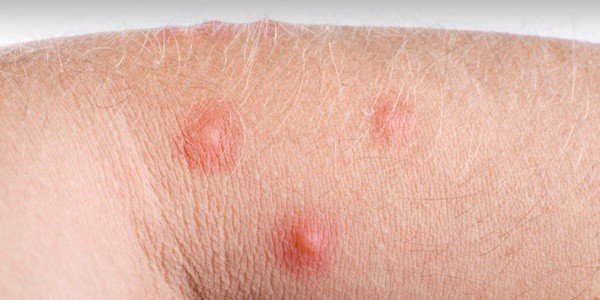Tick-borne relapsing fever

Tick-borne relapsing fever /tick-borne relapsing typhus/ is an infectious disease caused by several strains of the bacterium Borrelia /Borrelia spp/.
Relapsing typhus, which is transmitted by ticks, is common in North and South America, Africa, Asia and Europe. Infection is also possible in Bulgaria in the period from May to September, due to the presence of a population of ticks.
Less than 5% of patients die from relapsing fever, however, very young children, the elderly, exhausted and very emaciated people are at significant risk.
Complications that may occur are conjunctivitis, exacerbation of bronchial asthma and the appearance of a red rash – erythema multiforme on the skin.
Inflammation of the brain, spinal cord and irises of the eyes is also possible. In pregnant women, the probability of miscarriage is very high.
What are the symptoms?
The incubation period ranges from 3 to 11 years, but is usually about 6 days.
Prodomal phenomena consist of a sudden chill, accompanied by a significant increase in body temperature, acceleration of heart activity, severe headache, vomiting, pain in muscles and joints, and often the sick also begin to delirium.
In the early stages, a reddish rash may appear on the torso, arms and legs, the blood vessels of the conjunctiva /the membrane covering the eyeball/, the skin and the mucous membrane are damaged.
As the disease progresses, jaundice develops, the liver and spleen increase in size. Signs of myocarditis – inflammation of the heart muscle – may appear, subsequently developing heart failure.
But this is seen in the other type of relapsing fever, which is spread by body lice. The fever persists for 3 to 5 days, then subsides and the intensity of the remaining symptoms decreases sharply.
After 7-10 days, the body temperature rises again and the other clinical manifestations suddenly appear again, and a little later joint pains join. During the relapse, patients often develop jaundice.
Unlike relapsing louse typhus, which is usually accompanied by only one relapse, for that spread by ticks, many are characteristic – from 2 to 10 times with 1-2 week intervals. Gradually, the intensity of the symptoms weakens and the person recovers.
What are the causes?
Ticks become infected with these strains of Borrelia by feeding on the blood of rodents where the bacterium is naturally present. The infection is transmitted to humans by a tick bite.
Diagnosis
Differential diagnosis of tick-borne typhus is carried out with many diseases, including malaria and Lyme disease.
The nature of the recurrent increase in body temperature is the key to the true diagnosis of the disease, which is confirmed by the detection of spirochetes in the blood /the examination is carried out when the body temperature is elevated/.
Treatment of tick-borne relapsing fever
Antibiotic therapy with tetracycline, erythromycin, or doxycycline cures the disease. Preparations are usually taken internally, but it is also possible to administer intravenously if severe vomiting makes oral intake ineffective.
Treatment is preferably prescribed at the initial stage of the increase in body temperature or during the symptom-free interval.
Therapy at the end of the febrile period can cause a Jarisch-Herxheimer reaction, in which the body temperature rises sharply and then the blood pressure rises and then falls, sometimes to dangerously low levels.



